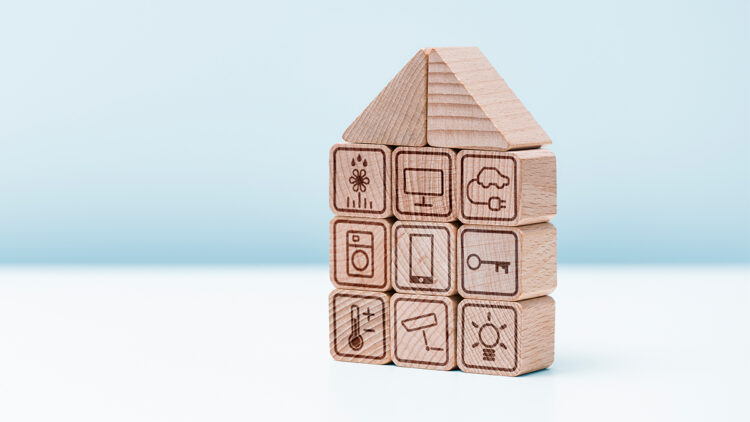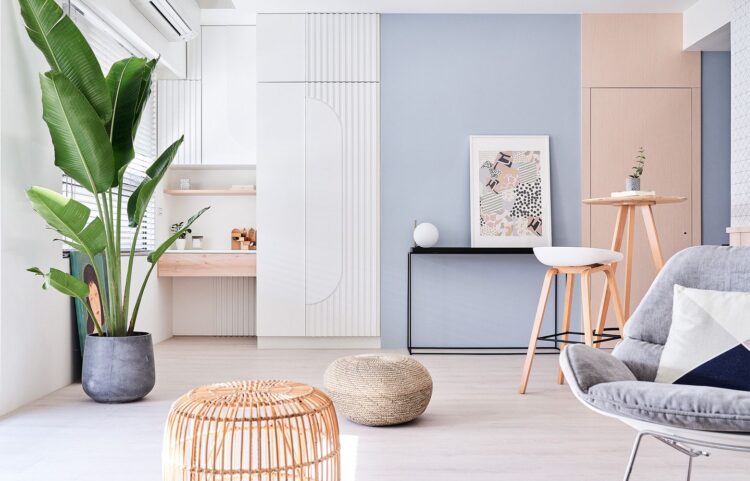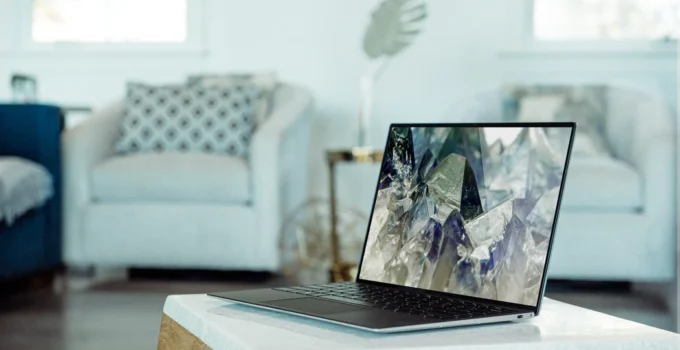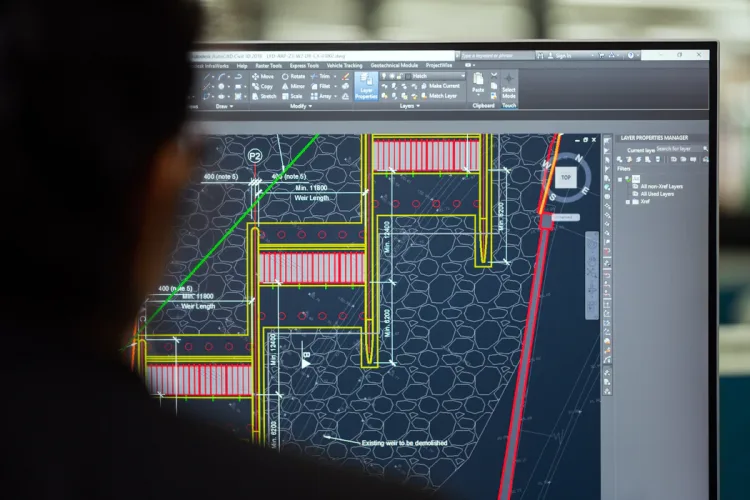There’s no denying that technological progress appears to be advancing every sector it touches, and interior design is no different. There are various ways in which this works and helps, but they all contribute to a better final product. In fact, there are so many benefits to properly applying and implementing this principle that it’s virtually impossible for anyone serious about working in this sector to overlook it.
There are numerous advantages to employing the program in interior design for people who are still wondering about how it all works. However, at the same time, there are several cons to using software for interior designing as well. This article will discuss the pros and cons of interior designing software and help you decide if you want to use them.
Page Contents
Pros of Interior Designing Softwares
The following are some of the pros of using software for interior designing:
1. Smart Designing

Source: hbr.org
The concept of employing AR and VR software to try out ideas before putting them into action is the first big improvement we need to consider. Interior designers, on the other hand, have a natural capacity to immerse themselves in a situation and have a talent for visualizing everything down to the last detail. With software for interior designing, people can simply grab their phone and aim it at an empty area in the room to see what it would look like if a coffee table or an armchair were placed there. They might even aim it at a sofa to see how an alternative upholstery would appear on it.
2. Makes the Entire Process Automated
It should come as no surprise that interior designing software, which is a step ahead of parametric modeling, can make automatic modifications. The iterative method generates designs based on the user’s restrictions and measurements. Differences are reflected in the cloud as automatic modifications that are handled extremely fast.
3. Provides you with a lot of Options

Source: unsplash.com
Based on your time and money, you’ll have a restricted amount of alternatives when creating a space. You’ll have a lot more alternatives to explore and experiment with if you can get a visual depiction of every single thought you have in a couple of minutes. The best thing is that if you don’t like the result, you can simply alter it without incurring any further fees. You’ll learn faster and always obtain better outcomes if you experiment more.
4. Helps Designers Overcome Creative Blocks
Because generative design technologies create design choices that are much beyond what the human mind can imagine, they aid in breaking through creative barriers. In professional settings, creative processes are frequently a question of luck. It’s tough to come up with very innovative ideas when you’re pressed for time. A benefit of generative design is that it aids in the removal of such creative barriers.
5. Shortens the Time Required and Reduces Costs
Additions to construction projects at the last minute add undue stress. They must, however, be inventive. This might be the design of a hotel lobby or a business establishment’s marquee building. The benefit of interior designing software is that it allows you to generate numerous creative choices in a short amount of time, which is a fairly difficult task for humans. By using designing software, you may create designs that don’t require any extra simulation or testing. Because simulation is included as a feature, the designs comply with safety standards and are ready for execution. Another benefit of using software is that it reduces expenses and frees up funds for other procedures.
6. Provides a Plethora of Choices
A benefit of generative design or interior designing software, which is backed by cloud storage capacity, is that it creates hundreds of design iterations despite specified restrictions. This goes far beyond what an architect or designer can achieve with human labor. When faced with a multiplicity of alternatives, it is simple to filter out and select the ones that one prefers.
Cons of Interior Designing Softwares
Now that you know about the benefits of the software, here are some of their disadvantages:
1. Overburdens you with a lot of Options
Although the same point has been listed as a pro before, it can also turn into a disadvantage. Surprisingly, one downside of generative design is that it generates an excessive number of alternatives. Although there are softwares that can limit alternatives based on cost or other factors, a lot of applications don’t provide a sophisticated filtering feature. Most architects don’t have the time or inclination to go through concepts one by one. As a result, it might become a little too much at times. Machine learning, on the other hand, allows many systems to shortlist concepts based on the architects’ previous decisions.
2. Requires Technical Expertise

Source: bizjournals.com
Although the idea of interior designing software might sound extremely enticing, using it is not easy at all. The software mostly requires expertise in machine learning and AI; only then can a designer or any person use them. You can also use the software without this technical expertise. However, the end result might not be up to the standards.
3. Has the Chance of Putting Designers Out of Work
While interior designing through software and designing’s dependence on artificial intelligence has been accepted by a significant portion of the AEC community, it has generated concerns among others in the sector. Architects worry that, in the future, the machine learning-enabled software feature might be able to replace the need for designers and architects. It is true that generative design has a disadvantage, as AI and machine learning have created anxiety in other areas, such as manufacturing. Such worries, according to proponents of generative design, are unwarranted. Architects, they feel, need to broaden their skill sets. A new tool in the toolkit is generative design. After all, the architectural industry encompasses much more than restriction.
Conclusion
With this detailed knowledge of the pros and cons of using software for interior designing, you can now decide whether you want to employ them to your advantage. You can find some of the best interior designing softwares on foyr.com that will prove highly beneficial when you plan a home. Happy designing!







